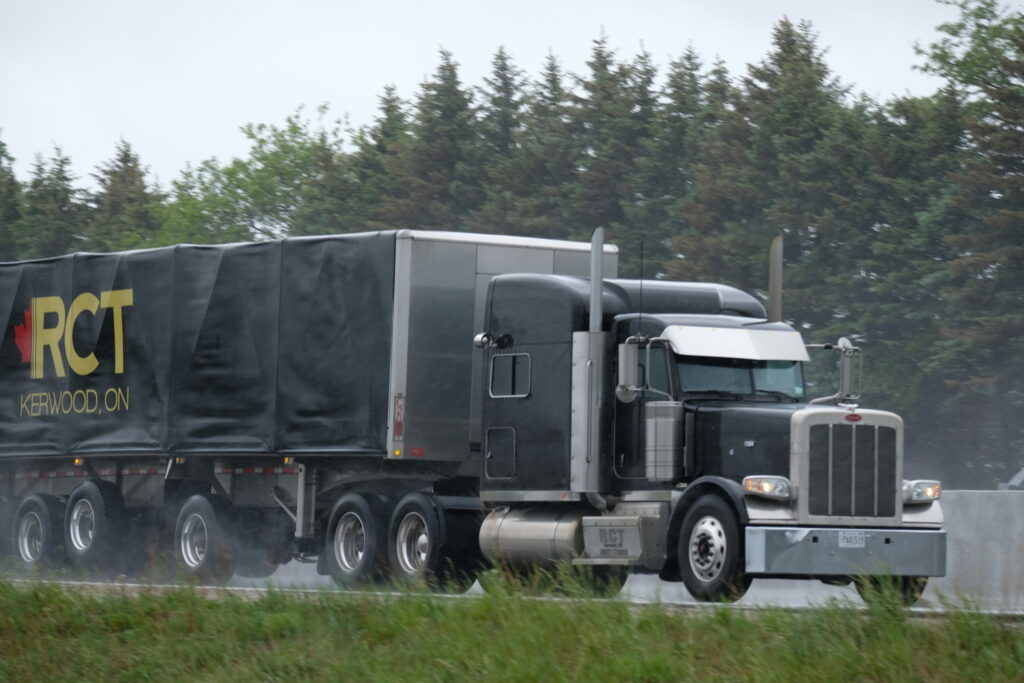While electronic tools have been able to monitor compliance with Hours-of-Service (HoS) rules since the early 1980s (remember the Rockwell Tripmaster?), it seems some truck drivers and fleets still haven’t adjusted to the technology.
Challenges even remained after the U.S. mandated electronic logging devices (ELDs) in December 2017. A lack of third-party certification processes left some of those tools with built-in loopholes, meaning they were hard to certify for Canadian service when a different mandate emerged on this side of the border.
Anyone who was using a device not approved for Canada had to adopt yet another digital tracker and relearn how to use the tools all over again.
To be fair, many fleets operating solely in Canada are just now feeling their way through the maze. So, in these early days of ELDs in Canada, we spoke with a couple of fleet safety compliance auditors to identify common mistakes made by truck drivers and fleets alike.
Several common themes and misconceptions emerged from the auditors’ compliance reviews:
- Office staff believe they no longer need to audit or review drivers’ logs when using ELDs.
- Drivers new to ELDs operate the same way they did with paper logs — with adverse consequences.
- Operations staff and drivers alike don’t understand HoS rules.
- Drivers think they can make driving hours disappear by simply failing to log in to the ELD.
- Fleets mistakenly omit information from required fields.
- Maintenance staff often don’t log in to the ELD when moving trucks for service.



Leave a Reply